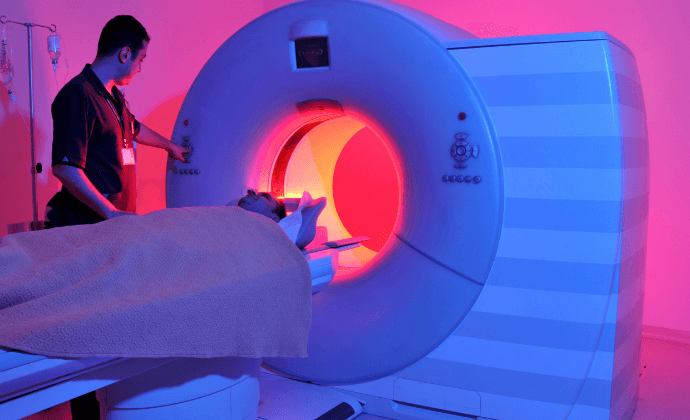In an international study, researchers from the US, Germany and Austria have used a non-invasive MRI method to develop an automated system that can diagnose Parkinson’s.
Researchers worked with 1,002 patients and used an imaging method that measures how water molecules diffuse in the brain. This helped them to identify where neurodegeneration is occurring.
Parkinson’s disease can present a challenge for accurate diagnosis because of shared and overlapping motor and non-motor symptoms.
According to the new study, accuracy of diagnosis in early Parkinson’s is about 58 percent – and more than half of misdiagnosed patients actually have multiple system atrophy or progressive supranuclear palsy.
The new results demonstrate the effectiveness of an automated method to provide a differential diagnosis of the various forms of Parkinson’s.
“Since these diseases require unique treatment plans and different medications, and clinical trials testing new medications require the correct diagnosis, getting the diagnosis right is important for patient care,” said Dr David Vaillancourt, who led the study.
Sources: McKnight Brain Institute, University of Florida and The Lancet Digital Health









